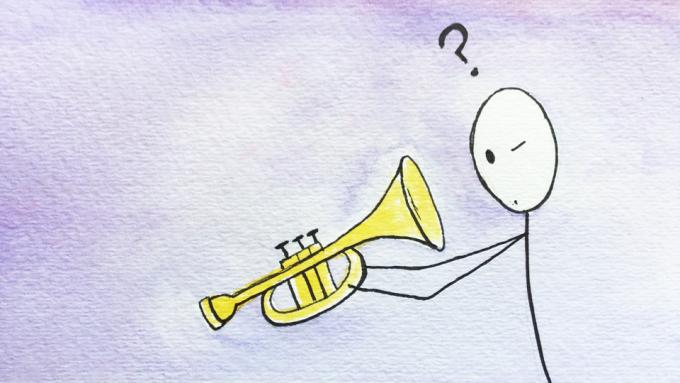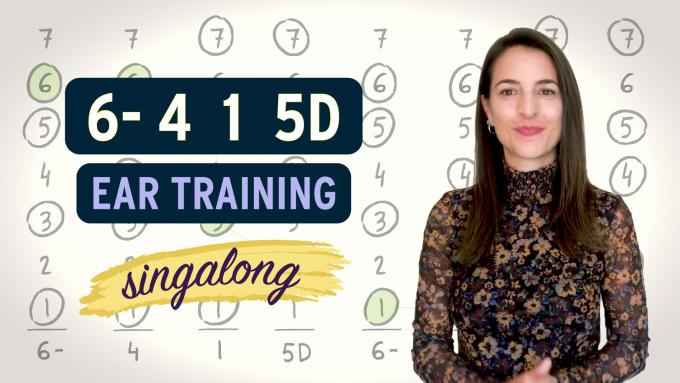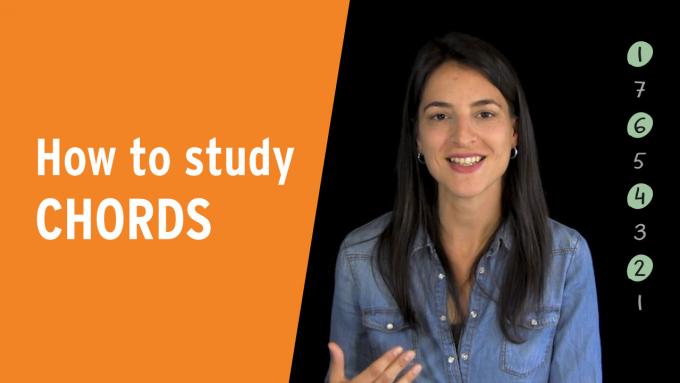In Exercise 1 you describe "...looking down on this musical terrain from above..." Does this mean visualizing fingerings on your horn, notes on a staff, letters on a page or something else?
In this video we are going to train our ear together with the famous chord progression 6-, 4, 1, 5D. First, we'll sing the roots to make sure we can feel the chord changes. Then we'll practice the ear training exercise Melody Paths, singing melodies connecting chord notes across the chord progression.
In this video I show you a complete system for studying new chords so that you can improvise over them with confidence, use them in your compositions and learn to recognize them by ear in the music of other people.
An IFR student asks how much he needs to practice to be successful with the IFR method.
A student asks whether harmonic minor and melodic minor scales are included in IFR. The answer is an enthusiastic YES and in this video I show you how.
This great Ted Talk by Jeremy Chapman offers many surprising insights about musical creativity. His talk includes improvisation with the audience and guest musicians, and he even mentions Improvise for Real about halfway through the talk.
"When I'm practicing Seven Worlds, sometimes I lose my orientation and I can't feel the tonal center anymore. So for example note 2 doesn't feel like home anymore. Instead my ear keeps wanting to resolve to note 1. Do you have any tips for this?"
In this personal video, I explain why I believe that you should pursue your OWN musical ideas and fascinations just as seriously as you study anything you learn from your music teachers.
In this video I show you how you can use the exact same sounds that you're studying in Seven Worlds in a different way to create some of the exotic sounds of “outside playing”.
When you're studying the notes of a chord, should you be thinking relative to the key (e.g. "note 1 in the 6 chord")? Or should you be thinking relative to the chord (e.g. "the flatted 3rd of the 6 chord")?









